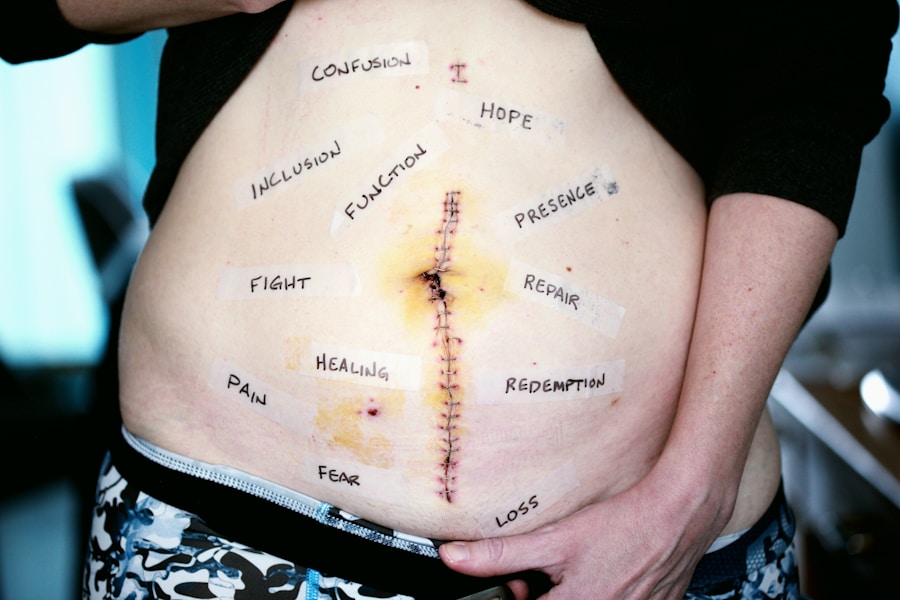ESCAPING THE NARCISSIST
Are you trapped in a toxic relationship? It's time to reclaim your life and find healing. ESCAPING THE NARCISSIST: HOW TO HEAL AND RECOVER FROM NARCISSISTIC ABUSE IN RELATIONSHIPS is your guide to breaking free and starting your journey towards recovery.
Don't let the pain control you any longer. Take the first step today and discover the strategies to overcome emotional abuse and rebuild your life. You deserve happiness and peace.
Start Your Healing Journey TodayThe trauma bond with a narcissist is a complex and often misunderstood phenomenon. It is a psychological and emotional attachment that forms between a victim and their abuser, creating a powerful and often destructive connection. This bond is characterized by a cycle of abuse, manipulation, and intermittent reinforcement, which can make it incredibly difficult for the victim to break free from the toxic relationship. The narcissist uses tactics such as gaslighting, love bombing, and devaluation to keep the victim emotionally dependent on them, creating a sense of power and control over the victim’s thoughts and emotions.
The trauma bond with a narcissist can be incredibly damaging to the victim’s mental and emotional well-being. It can lead to feelings of worthlessness, self-doubt, and a distorted sense of reality. Victims may find themselves constantly seeking validation and approval from the narcissist, even at the expense of their own needs and boundaries. Breaking free from the trauma bond requires a deep understanding of the dynamics at play and a commitment to healing and self-care. It is important for victims to recognize that they are not to blame for the abuse they have endured and that they deserve to be treated with respect and dignity.
Recognizing the Signs of a Narcissistic Relationship
Recognizing the signs of a narcissistic relationship is crucial for breaking free from the trauma bond and reclaiming one’s sense of self-worth. Narcissists are often charming and charismatic, making it difficult for their victims to see the red flags early on in the relationship. However, there are several key signs that can indicate a narcissistic dynamic, including a lack of empathy, a sense of entitlement, and a tendency to manipulate and exploit others for their own gain. Victims may also notice a pattern of gaslighting, where the narcissist denies or minimizes their abusive behavior, leaving the victim feeling confused and invalidated.
Other signs of a narcissistic relationship include constant criticism, emotional manipulation, and an inability to take responsibility for their actions. Victims may feel like they are walking on eggshells around the narcissist, constantly trying to avoid conflict and keep the peace. It is important for victims to trust their instincts and seek support from trusted friends, family members, or mental health professionals. By recognizing the signs of a narcissistic relationship, victims can begin to take steps towards setting boundaries and creating distance from their abuser.
Setting Boundaries and Creating Distance
Setting boundaries and creating distance from a narcissistic abuser is an essential step in breaking free from the trauma bond and reclaiming one’s sense of self-worth. This process can be incredibly challenging, as the narcissist may use tactics such as guilt-tripping, manipulation, and intimidation to maintain control over their victim. However, it is important for victims to prioritize their own well-being and safety by establishing clear boundaries and limits with the narcissist.
Setting boundaries may involve limiting contact with the narcissist, setting guidelines for communication, and establishing consequences for violating those boundaries. It may also involve seeking support from friends, family members, or mental health professionals who can provide guidance and validation. Creating distance from the narcissist may also involve finding ways to build a support network outside of the toxic relationship, such as joining support groups or engaging in activities that bring joy and fulfillment.
Seeking Support and Therapy
Seeking support and therapy is crucial for victims of narcissistic abuse to heal from the trauma bond and reclaim their sense of self-worth. Therapy can provide a safe and supportive space for victims to process their experiences, gain insight into the dynamics of the abusive relationship, and develop coping strategies for managing the emotional aftermath of the abuse. A therapist can also help victims identify and challenge negative thought patterns, build self-esteem, and learn healthy ways of relating to others.
In addition to therapy, seeking support from trusted friends, family members, or support groups can provide validation and encouragement for victims as they navigate the healing process. It is important for victims to surround themselves with people who believe in their strength and resilience, and who can offer empathy and understanding without judgment. By seeking support and therapy, victims can begin to untangle themselves from the trauma bond with the narcissist and move towards a path of healing and growth.
Reclaiming Your Identity and Self-Worth
Reclaiming one’s identity and self-worth after narcissistic abuse is a powerful and transformative process. Victims may have lost touch with their sense of self during the abusive relationship, as the narcissist often seeks to diminish their autonomy and individuality. Reclaiming one’s identity involves reconnecting with one’s values, interests, and strengths, and learning to trust one’s intuition and inner wisdom.
This process may involve exploring new hobbies or activities that bring joy and fulfillment, reconnecting with old passions, or seeking out new experiences that expand one’s sense of self. It may also involve challenging negative beliefs about oneself that were instilled by the narcissist, such as feelings of worthlessness or inadequacy. Reclaiming one’s self-worth involves recognizing one’s inherent value as a person, separate from the opinions or actions of the abuser.
Developing Healthy Relationships and Connections
Developing healthy relationships and connections is an important part of healing from narcissistic abuse and reclaiming one’s sense of self-worth. Victims may have experienced profound isolation and loneliness during the abusive relationship, as the narcissist often seeks to isolate their victim from sources of support and validation. Building healthy connections involves seeking out relationships that are based on mutual respect, empathy, and trust.
It is important for victims to surround themselves with people who value their autonomy, support their growth, and offer genuine care and concern. This may involve setting boundaries with toxic individuals who do not respect one’s well-being or engaging in activities that foster a sense of community and belonging. Developing healthy relationships also involves learning to trust one’s instincts when it comes to forming new connections, as well as being open to receiving support from others without fear of judgment or exploitation.
Embracing Healing and Growth
Embracing healing and growth after narcissistic abuse is a courageous and empowering journey towards reclaiming one’s sense of self-worth. It involves acknowledging the pain and trauma of the past while also recognizing one’s resilience and capacity for transformation. Healing from narcissistic abuse may involve exploring new avenues for personal growth, such as engaging in mindfulness practices, creative expression, or self-care activities that nourish the mind, body, and spirit.
It also involves cultivating self-compassion and forgiveness towards oneself for any perceived shortcomings or mistakes made during the abusive relationship. Embracing healing and growth may also involve finding meaning in one’s experiences by using them as a catalyst for personal empowerment and advocacy for others who have experienced similar forms of abuse. By embracing healing and growth, victims can move towards a future that is defined by strength, authenticity, and an unwavering sense of self-worth.


